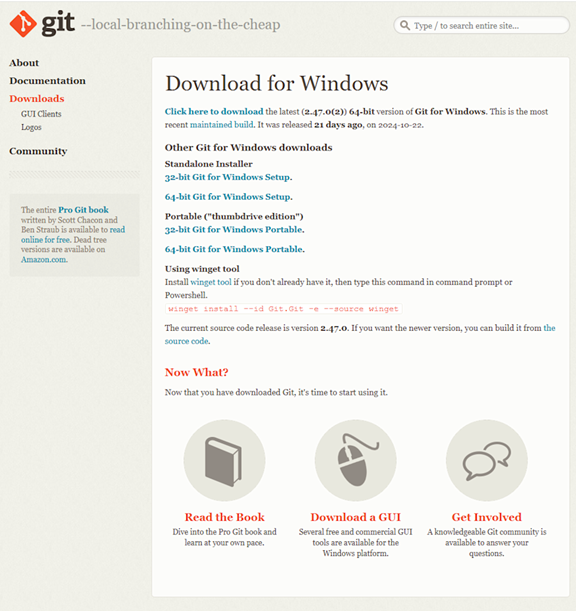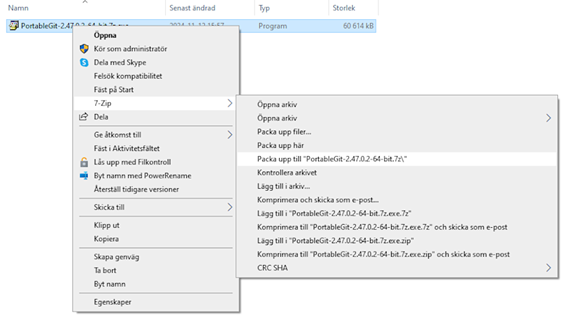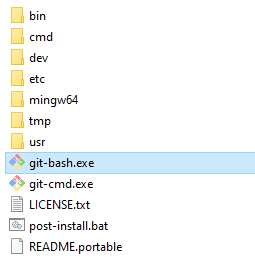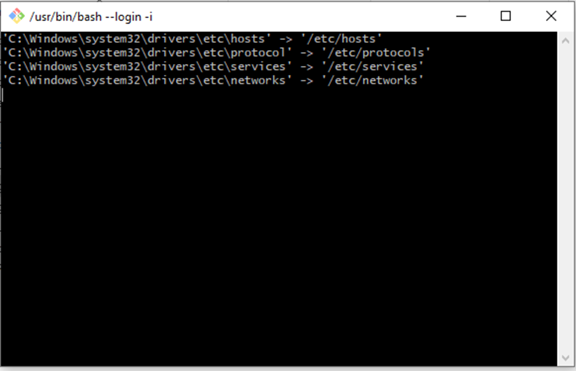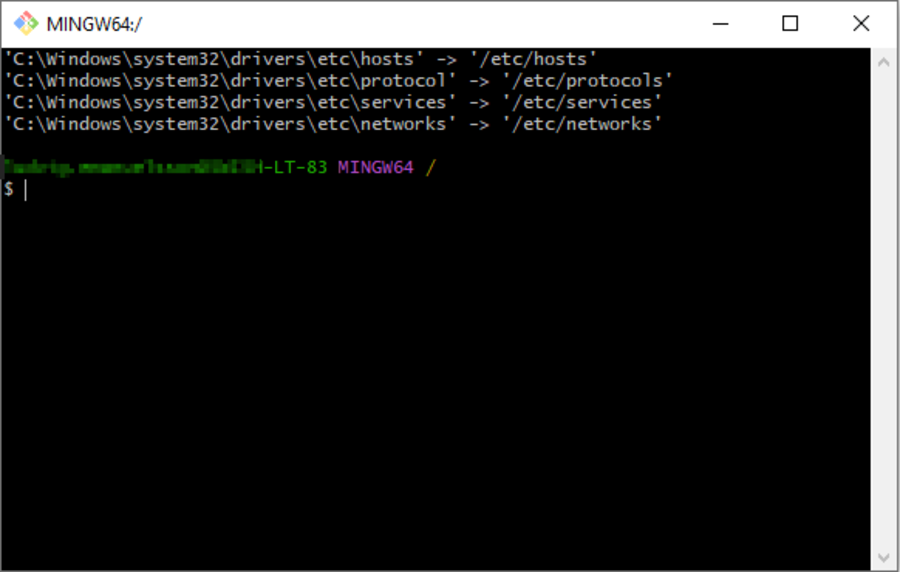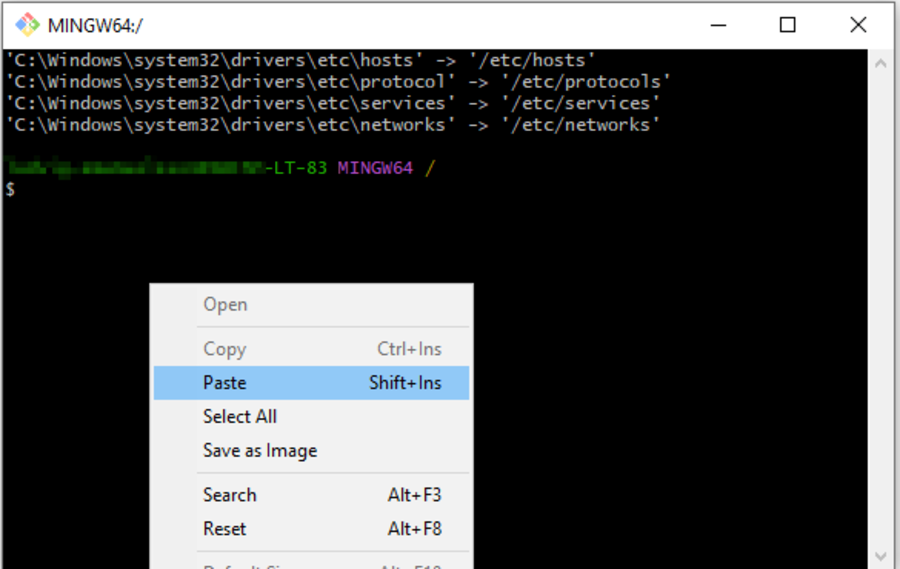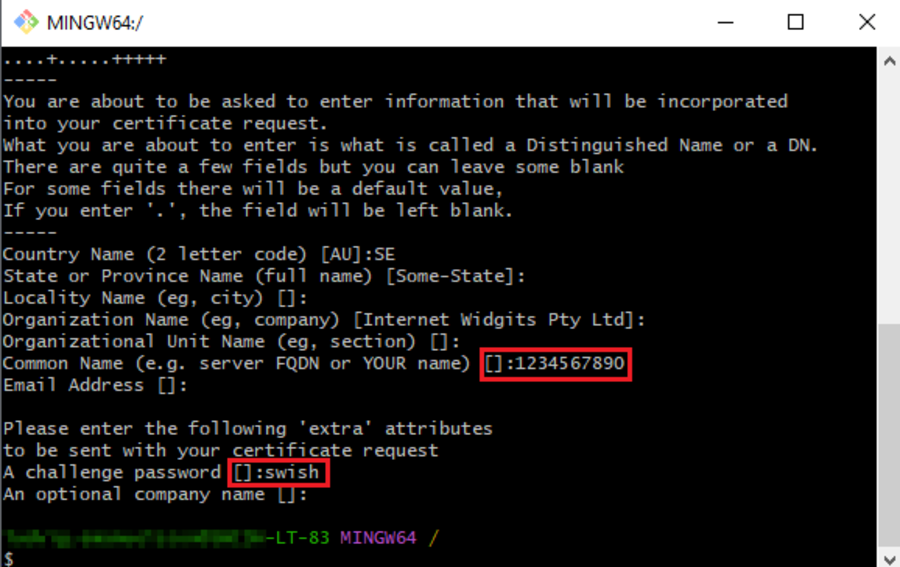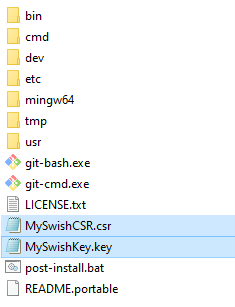| Invoice created | InvoiceActionCreated | InvoiceActionView | [Nothing] |
| Invoice updated | InvoiceActionUpdated | InvoiceActionView | [Nothing] |
| Invoice deleted | InvoiceActionDeleted | string (ActionPublicId) | string (DebtorPublicId) |
| Invoice fully paid | InvoiceActionPaid | InvoiceActionView | [Nothing] |
| Invoice sale accepted | InvoiceSaleWasAccepted | InvoiceActionView | [Nothing] |
| Invoice sale denied | InvoiceSaleWasDenied | InvoiceActionView | [Nothing] |
| Invoice state has changed | InvoiceActionStateChanged | InvoiceActionView | [Nothing] |
| Invoice has been viewed on 'mypages' | InvoiceActionViewed | InvoiceActionView | [Nothing] |
| Invoice has been commented | InvoiceCommented | InvoiceActionCommentedView | [Nothing] |
| Invoice email has been opened | InvoiceActionOpened | InvoiceActionView | [Nothing] |
| Invoice email or SMS has been received | InvoiceActionReceived | InvoiceActionView | [Nothing] |
| Invoice attested | InvoiceActionAttested | InvoiceActionView | [Nothing] |
| Received payment for invoice/reconciliation invoice | InvoicePaymentReceived | IncomingPaymentView | [Nothing] |
| Amount credited on invoice/reconciliation invoice | AmountCreditedOnInvoice | IncomingPaymentView | [Nothing] |
| Amount written off on invoice/reconciliation invoice | AmountWrittenOffOnInvoice | IncomingPaymentView | [Nothing] |
| Reconciliation invoice created | ReconciliationInvoiceActionCreated | ReconciliationInvoiceActionView | [Nothing] |
| Invoice/Self invoice/Reconciliation invoice/Einvoice email or SMS could not be delivered | UndeliveredInvoice | InvoiceDeliveryStatusView | [Nothing] |
| Successful self invoice payment | SelfInvoiceOutgoingPaymentSucceeded | OutgoingPaymentStatusView | [Nothing] |
| Successful supplier invoice payment | SupplierInvoiceOutgoingPaymentSucceeded | OutgoingPaymentStatusView | [Nothing] |
| Successful payment through the api | OutgoingPaymentSucceeded | OutgoingPaymentStatusView | [Nothing] |
| Failed self invoice payment | SelfInvoiceOutgoingPaymentFailed | OutgoingPaymentStatusView | [Nothing] |
| Failed supplier invoice payment | SupplierInvoiceOutgoingPaymentFailed | OutgoingPaymentStatusView | [Nothing] |
| Failed payment through the api | OutgoingPaymentFailed | OutgoingPaymentStatusView | [Nothing] |
| Unmatched payment | UnmatchedPayment | UnhandledPaymentView | [Nothing] |
| Overpayment | Overpayment | UnhandledPaymentView | [Nothing] |
| Overpayment matched | Overpayment matched to invoice | OverpaymentMatchedView | [Nothing] |
| Payment has been received to Billecta client funds account | PaymentReceivedToBillectaClientFunds | InvoiceActionView | [Nothing] |
| Self invoice created | SelfInvoiceActionCreated | SelfInvoiceActionView | [Nothing] |
| Self invoice updated | SelfInvoiceActionUpdated | SelfInvoiceActionView | [Nothing] |
| Self invoice attested | SelfInvoiceActionAttested | SelfInvoiceActionView | [Nothing] |
| Self invoice deleted | SelfInvoiceActionDeleted | string (ActionPublicId) | string (DebtorPublicId) |
| Self invoice fully paid | SelfInvoiceActionPaid | SelfInvoiceActionView | [Nothing] |
| Reminder invoice created | ReminderInvoiceActionCreated | ReminderInvoiceActionView | [Nothing] |
| Reminder invoice sent | ReminderInvoiceActionWasSent | ReminderInvoiceActionView | [Nothing] |
| Reminder invoice paid | ReminderInvoiceActionPaid | ReminderInvoiceActionView | [Nothing] |
| Debtor created | DebtorCreated | DebtorView | [Nothing] |
| Debtor updated | DebtorUpdated | DebtorView | [Nothing] |
| Debtor deleted | DebtorDeleted | string | [Nothing] |
| Debtor has requested change of stored customer information | DebtorInformationCorrectionRequested | DebtorInformationCorrectionRequestView | [Nothing] |
| Unknown e-invoice registration (B2C) | UnknownEInvoiceRegistration | EInvoiceRegistrationView | [Nothing] |
| Debtor E-Invoice information updated | EInvoiceInfoOnDebtorChanged | DebtorView | [Nothing] |
| Creditor shared | CreditorShared | WebhookCreditorShareView | [Nothing] |
| Creditor shared removed | CreditorUnshared | [Nothing] | [Nothing] |
| Creditor created | CreditorCreated | CreditorView | [Nothing] |
| Creditor updated | CreditorUpdated | CreditorView | [Nothing] |
| Creditor deleted | CreditorDeleted | string | [Nothing] |
| Creditor KYC updated | CreditorKYCUpdated | CreditorKycView | [Nothing] |
| Autogiro approval failed to register | AutogiroApprovalFailed | DebtorView | AutogiroApprovalCommentCodeView |
| Autogiro approval has changed (added, changed or deleted) | AutogiroApprovalChanged | DebtorView | AutogiroApprovalCommentCodeView |
| Autogiro withdrawal failed on invoice | AutogiroWithdrawalFailedOnInvoice | InvoiceActionView | AutogiroWithdrawalCommentCodeView |
| Autogiro withdrawal failed on reconciliation invoice | AutogiroWithdrawalFailedOnReconciliationInvoice | ReconciliationInvoiceActionView | AutogiroWithdrawalCommentCodeView |
| Autogiro withdrawal failed but new retry will be made tomorrow on invoice | AutogiroWithdrawalRenewedOnInvoice | InvoiceActionView | [Nothing] |
| Autogiro withdrawal failed but new retry will be made tomorrow on reconciliation invoice | AutogiroWithdrawalRenewedOnReconciliationInvoice | ReconciliationInvoiceActionView | [Nothing] |
| Credit card withdrawal failed on invoice | CreditCardWithdrawalFailedOnInvoice | InvoiceActionView | [Nothing] |
| Credit card withdrawal failed on reconciliation invoice | CreditCardWithdrawalFailedOnReconciliationInvoice | ReconciliationInvoiceActionView | [Nothing] |
| Credit card withdrawal canceled on invoice | CreditCardWithdrawalCanceledOnInvoice | InvoiceActionView | [Nothing] |
| Credit card withdrawal canceled on reconciliation invoice | CreditCardWithdrawalCanceledOnReconciliationInvoice | ReconciliationInvoiceActionView | [Nothing] |
| Product created | ProductCreated | ProductView | [Nothing] |
| Product updated | ProductUpdated | ProductView | [Nothing] |
| Contract invoice created | ContractInvoiceActionCreated | ContractInvoiceActionView | [Nothing] |
| Contract invoice updated | ContractInvoiceActionUpdated | ContractInvoiceActionView | [Nothing] |
| Contract invoice deleted | ContractInvoiceActionDeleted | string (ActionPublicId) | string (DebtorPublicId) |
| Debt collection claim state has changed | DebtCollectionActionStateChanged | DebtCollectionActionView | [Nothing] |
| Debtor contract created | DebtorContractCreated | DebtorContractView | [Nothing] |
| Debtor contract signed | DebtorContractSigned | DebtorContractView | [Nothing] |
| Debtor contract cancelled | DebtorContractCancelled | DebtorContractView | [Nothing] |
| Debtor contract archived | DebtorContractArchived | DebtorContractView | [Nothing] |

